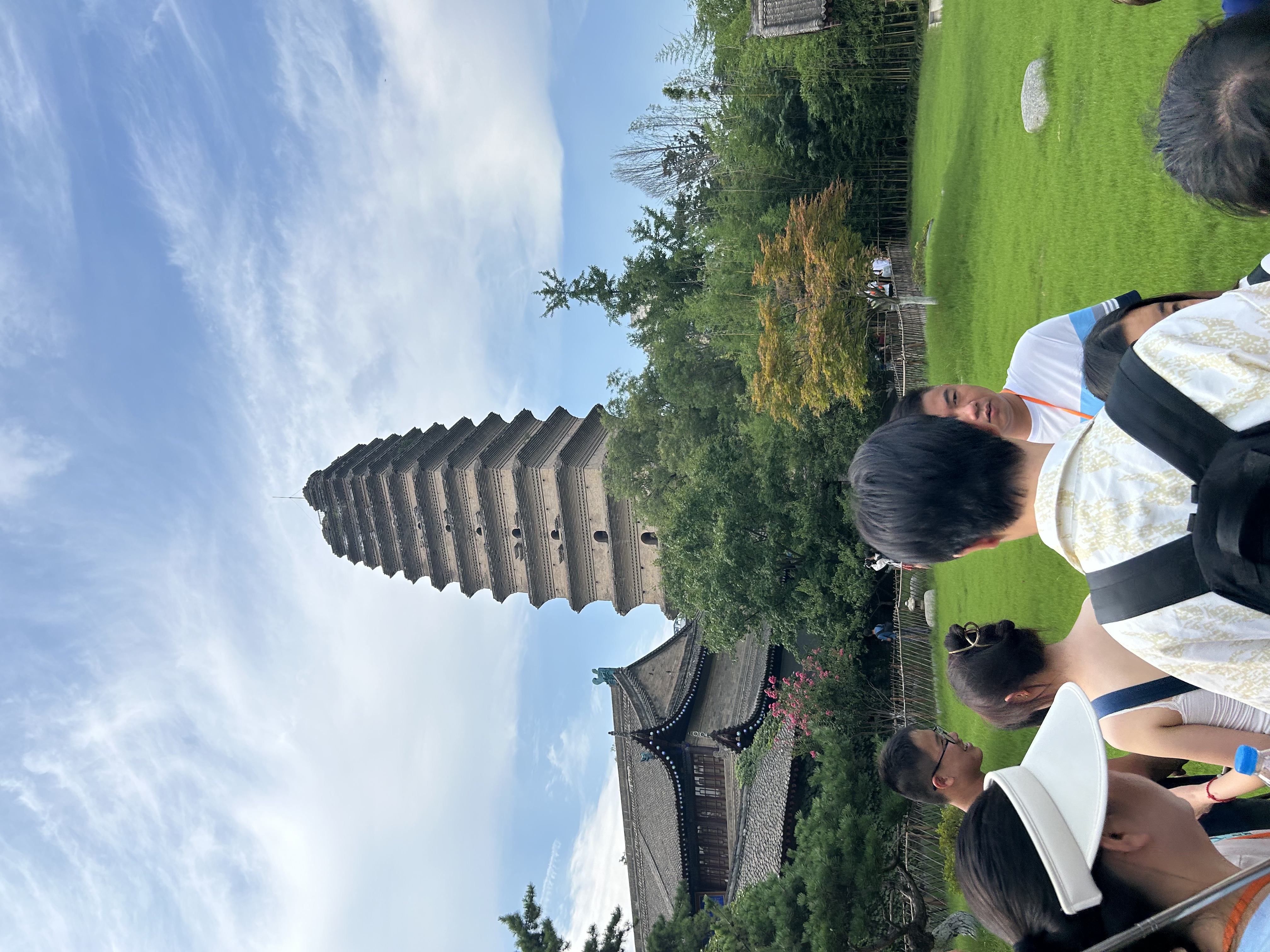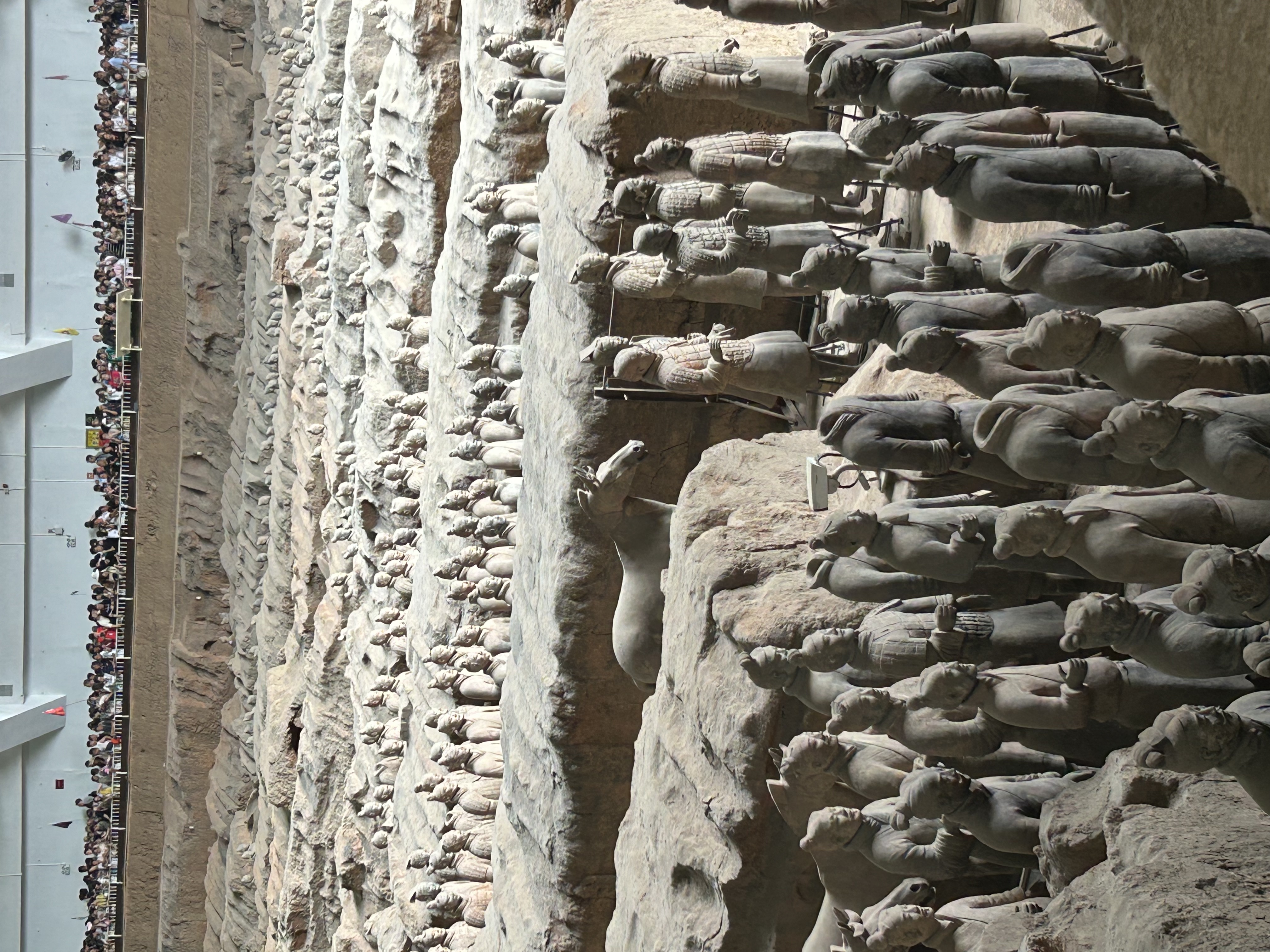Mental Health and Juvenile Crime Victims
This week, I conducted some research into whether child victims of crimes in the USA receive mental health services through federally funded programs. Though there is little direct data concerning the prevalence of child victims’ use of mental health services, there are certain separate ways the states and the federal government help them receive the mental health treatment they need.
In the 1990s, the maximum award for crime victims’ mental health costs represented about 20% of the average amount given to that person through the Crime Victims’ Fund. If assuming the percentage remained the same, about $5,000 per person would be allocated for mental health costs in 2014. The total amount given now is presumably much higher, as there has been a huge shift in understanding the importance of mental health in general as well as victims’ need for professional help to work through their trauma. 14.9% of those between 5 and 17 years of age in 2021 in the United States received some sort of mental health treatment in the past year.
Around 11.5% of children received therapy from a mental health professional and about 8% took prescription medications for disorders such as ADHD, anxiety, and behavioral conditions. A study from 2005 showed that crime victims seek some therapy whether money has been given or not. Children’s typical individual therapy timeframes would be about 6 months of weekly therapy (compared to 3 or 4 months for adults).
Through the Crime Victims’ Fund, of which I have written about in a previous blog, child sexual abuse victims are priority cases to be awarded money. Additionally, the Children’s Justice Act gives money to the states to fund task forces that address the processing and potential aftermath of child abuse/neglect cases. Theses task forces also provide support to train mental health professionals to better help children, and support centers that support children and their families in the aftermath of the attack. So, there are different ways in which the national government and the individual states contribute to the mental wellbeing and recovery of juvenile victims, but it seems there is still much research and much implementation to be put into place to satisfy the needs of such services.
Sarah and I explored Xi’An one weekend, which was interesting to compare to Beijing. We immediately felt а slightly less strict and less monitored environment—passersby dressed less modestly; street market food carts were allowed; there were vendors holding purchasable pink pig balloons; three teenaged boys danced on the sidewalk to some pop music with a small crowd gathered around them. These are things that one would never see in Beijing. 
Sarah and I went on a busy tour day, seeing the incredible Terra Cotta Soldiers, which were carefully pieced back together shard by shard after having been smashed by angry townspeople a few years after the emperor died. This emperor had begun building himself this impressively large shrine at the age of fourteen. Tens of thousands of workers dedicated themselves to digging, sculpting, forming, and decorating the three tombs and the thousands of terra cotta soldiers. I shook the hand of the farmer who had discovered a terra cotta soldier while digging a well and had informed the government of the find! After that, our tour bus took us to a museum and the Big Goose Pagoda, in which Buddhist scrolls from far away had been brought and kept cool in the wind channeling structure. Finally, we walked along the city walls, which had previously been the edge of the city complete with a huge moat to protect its inhabitants and its emperor, as it was the capital of China for several dynasties. That night, I met some new friends who swing danced, and we all practiced and chatted well into the morning. Finally, Sarah and I had a wonderful time wandering among the Muslim Bazaar, which is a section of streets that stretched for blocks in every direction with delicious halal street food.